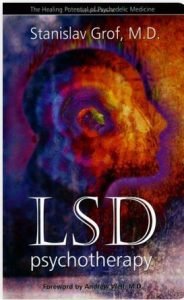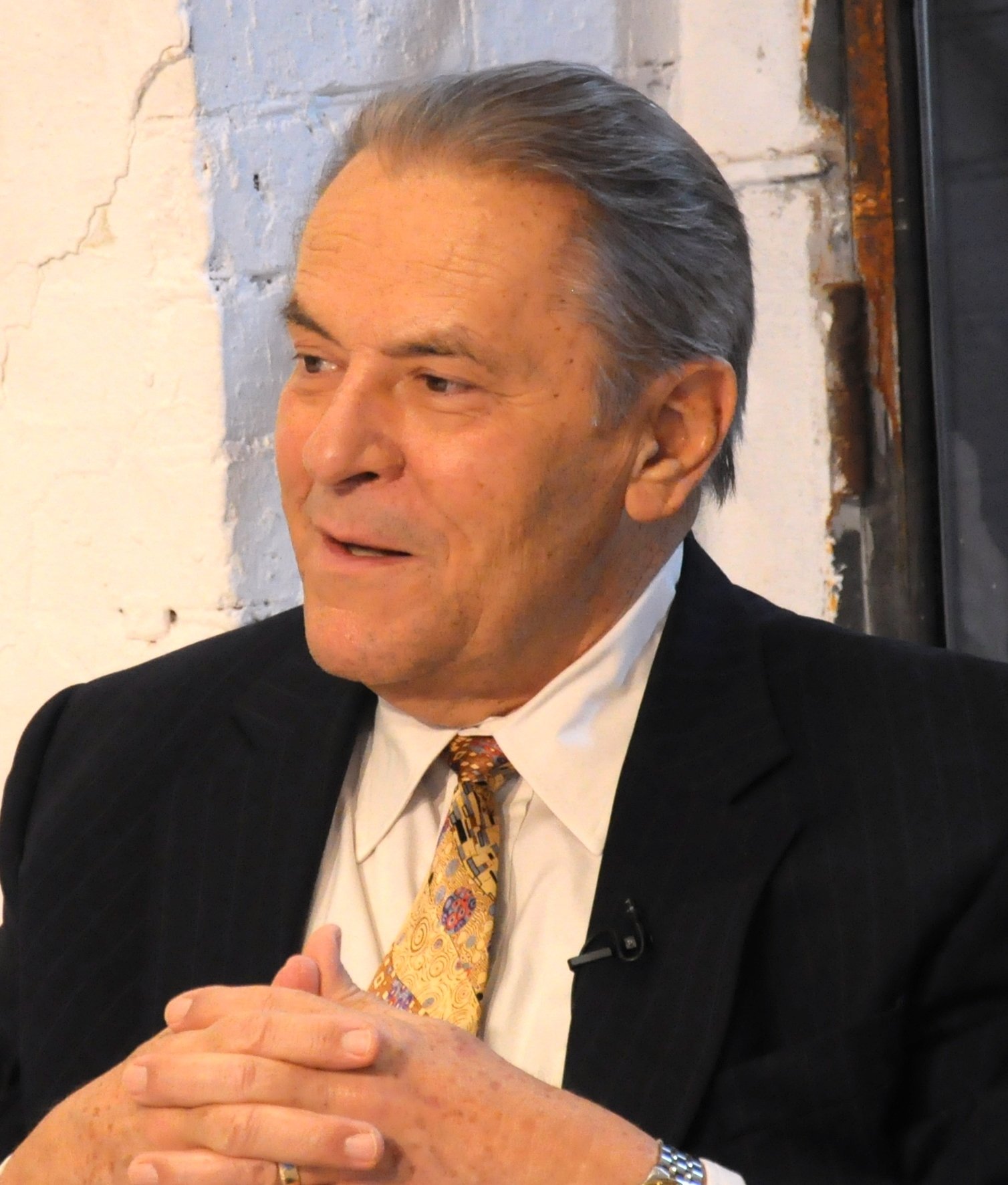Why I Like Stan Grof and How He Influences Breathwork Training
One book on the shelf at the Centre For Human Transformation that attracted me immediately was LSD in Psychotherapy. In particular, the color plates were done by artists who had guided L SD sessions with Stan Grof. Some of the images were hellish, some blissful. This appealed to me in 2003 as I was sick of the fake promise of the new age “If we just meditate and have positive thoughts” our life and by extension, the world will get enlightened.
SD sessions with Stan Grof. Some of the images were hellish, some blissful. This appealed to me in 2003 as I was sick of the fake promise of the new age “If we just meditate and have positive thoughts” our life and by extension, the world will get enlightened.
Stanislav Grof: Journey into the Depths of the Human Psyche
In a world captivated by the mysteries of the universe, few have dared to delve as deeply into the mysteries of the human mind as Stanislav Grof. Often hailed as one of the founding figures of transpersonal psychology, Grof’s groundbreaking work has expanded our understanding of consciousness, healing, and human potential. His life’s work invites us to question our perception of reality and explore the boundless terrain of our inner worlds.
From Medicine to Mysticism: Grof’s Revolutionary Path
Stanislav Grof began his career as a clinical psychiatrist in Prague during the mid-20th century. At a time when Freudian and behavioral models dominated psychotherapy, Grof’s early experiences with psychedelic substances, particularly LSD, revolutionized his perspective on the human psyche. He discovered these substances could unlock profound therapeutic insights, often revealing deep-seated traumas, forgotten memories, and transcendent experiences.
Grof’s research led him to develop an innovative framework for understanding the psyche that included not just personal and familial influences but also collective, archetypal, and spiritual dimensions. His findings were so transformative that they drew the attention of scientists and mystics alike, sparking debates that continue to this day.
Holotropic Breathwork: A Pathway to Wholeness
When LSD research was curtailed in the 1970s due to changing political and legal climates, Grof adapted his work to create a non-drug method for achieving altered states of consciousness. Enter Holotropic Breathwork: a simple yet profound technique combining accelerated breathing, evocative music, and focused bodywork to access expanded states of awareness.
Holotropic Breathwork has since been practiced worldwide, offering countless individuals a safe and legal way to explore their inner landscapes. Participants often report life-changing experiences, from the release of suppressed emotions to a renewed sense of purpose and connection with the universe. For Grof, this method represents not just a therapeutic tool but a spiritual journey toward self-discovery and healing.
The Cosmic Game: Understanding the Nature of Reality
One of Grof’s most compelling contributions to psychology is his exploration of what he calls the “perinatal” and “transpersonal” dimensions of the mind. These experiences transcend individual identity, often involving encounters with universal archetypes, past-life memories, or even a sense of oneness with the cosmos.
In his seminal book, The Cosmic Game, Grof delves into these extraordinary states, proposing that our lives are part of a vast, interconnected reality where personal and cosmic evolution intertwine. His insights challenge conventional notions of space, time, and self, inviting us to see life not as a series of isolated events but as an intricate dance of meaning and purpose.
Why Grof Matters Today
In an era marked by unprecedented levels of stress, disconnection, and existential anxiety, Grof’s work feels more relevant than ever. His emphasis on integrating spirituality with science offers a refreshing perspective in a world often divided between the two. By embracing the depth and complexity of human experience, Grof reminds us that true healing comes not from avoiding pain but from facing it with courage, curiosity, and an open heart.
Embark on Your Own Inner Journey with Inspired Breath Breathwork Practitioner Training in Australia
Life is the time between two breaths – the first and the last. In between, embodied consciousness presents us with the experience of being alive…. In between times, each in-breath recapitulates the issues surrounding our incarnation and each exhale if conscious, prepares us for release from the body and return to the Source. Most of us rarely breathe consciously and hidden in our
unconsciousness breath, lies all the unresolved issues sitting in our psyche. By changing our focus and bringing awareness to how we breathe and how we feel at any particular moment, patterns of
contraction, fear, incompleteness can gradually be released.
From earliest times breath has been used as a path to self-knowledge, healing, meditative awareness and transcendence. Many different forms of yoga, martial arts and shamanic pathways have been concerned with the vital and profound influence of the breath on human experience.
This 44 day training is designed over two years to train participants in the contemporary healing arts of Breathwork, related breath therapy and cellular memory release. Properly understood and practised, these arts prepare the physical, emotional and mental bodies for transcendent
experience. While these practices prepare us for this possibility, the experience of transcendence as such is always a gift of grace.
Structure of the 2 year Practitioner Breathwork Training
The program will be taught in three 8-day residential modules and one 12-day residential module in Tilba Tilba NSW over 2 years. During the residential training, the student will participate in at least 25 sessions as a ‘sitter’ and 30 sessions as a ‘breather’.
The work is taught holistically, moving between practise, personal experience, and theoretical formulations. Some areas of study will unfold sequentially at deeper levels through each module. Emphasis is on personal growth and professional development. In addition to classroom hours, students will be required to undertake a minimum of 20 client Breathwork sessions under the remote supervision of the trainer.
Frequently asked questions
Why choose Breathwork?
Any interruption in the psycho-biological process will manifest in the breath. Breathwork can help heal this interruption. We can allow for cathartic and non-cathartic approaches. When we use different forms of using our breath to the normal resting breath, eventually the psycho-biological disturbances will present themselves. These psycho-biological disturbances show up in the musculature, the breath, and the psychological architecture of the person.
Do I need to have experience in Breathwork before I enrol in the training?
Generally yes, although exceptions are possible, for example someone who has had experience in modalities such as primal therapy, bio-energetics, bodywork, and TRE (Trauma Release Exercises) could receive favorable consideration.
Why don’t you require any entry qualifications?
Most important is the quality of the personhood that the applicant brings to the program rather than specific formal qualifications. We screen people for suitability before they enter the program, but the criteria focus on their personal qualities. They have much more to do with a person’s calling to the work, their readiness to go into a profound healing process as part of the program, and an assessment of their capacity to be with others in healing spaces.
Why is the work taught in modules?
This allows a deep descent into the process undisturbed by the normal demands of everyday life. Using specific accelerated learning techniques, the work can be learned and experienced at intellectual, experiential and organic levels.
What is the total number of hours involved in the training?
If we include, face to face learning, reading and assignments and the external elements of the practicum, the course totals in excess of 450 hours.
Can I develop a Breathwork business?
Many participants enter with the intent to use the skills they gain through the program as professionals. In addition to being competent in the work, developing a practice is essentially developing a small business. We introduce many key concepts in this area as part of the training and participants are encouraged to further learn the full range of skills for the development of a successful small business.
Is there a demand for this work?
Yes, many graduates have established successful practices; some of them combined with other healing modalities. If I don’t plan to develop a practice, can I still do the program?
Some people choose to undertake the Breathwork training for the enormous personal benefits they
experience as they go through the training program. Additionally, the program teaches the skills that are necessary to become a competent practitioner.
A Taste of the First Module
Birth & Consciousness
We will examine how we perceive our world and our place in it through the prism of the
breath. By being conscious of how we breathe and deliberately altering the pace and depth of
our breath, we change our awareness. We will also examine the concepts of the unconscious
and the superconscious.
Breath and the Unconscious
We examine the evolution of the theory of birth trauma from its emergence in the 1930’s
to now. We look at the work of the pioneers of this theory – Anna Freud, Sigmund Freud,
Wilhelm Reich, Arthur Janov, Alexander Lowan and Otto Rank.
Practise of a Breathwork Session
1. How to set up the room.
2. Appropriate and inappropriate music.
3. The cycle of a Breathwork session.
4. Integration of the client.
5. Mandalas.
6. Analysing & Recording a session.
7. The Therapeutic Relationship.
Inspired Breath is laser-focused on professionalism
Here at Inspired Breath we adhere to a code of ethics underpinned by a non-judgemental approach to teaching. We hope you can join us on 6 July 2025 for our Module 1 training in Tilba NSW, Australia.
Phil Morey

